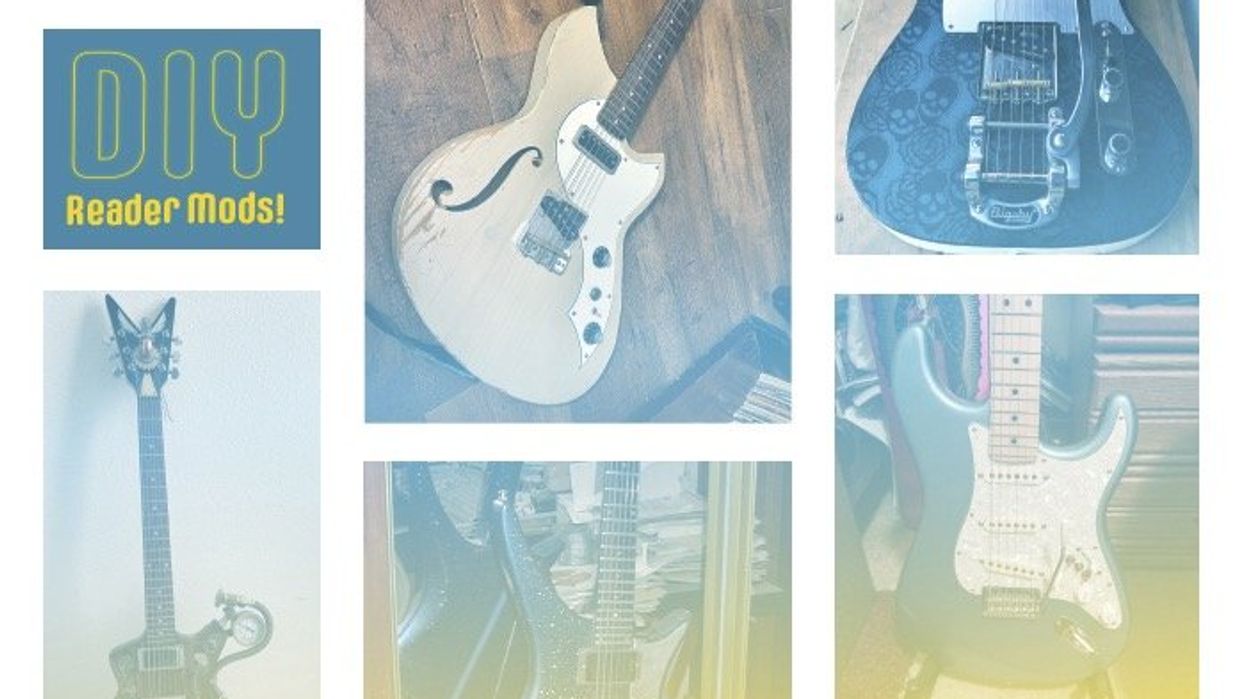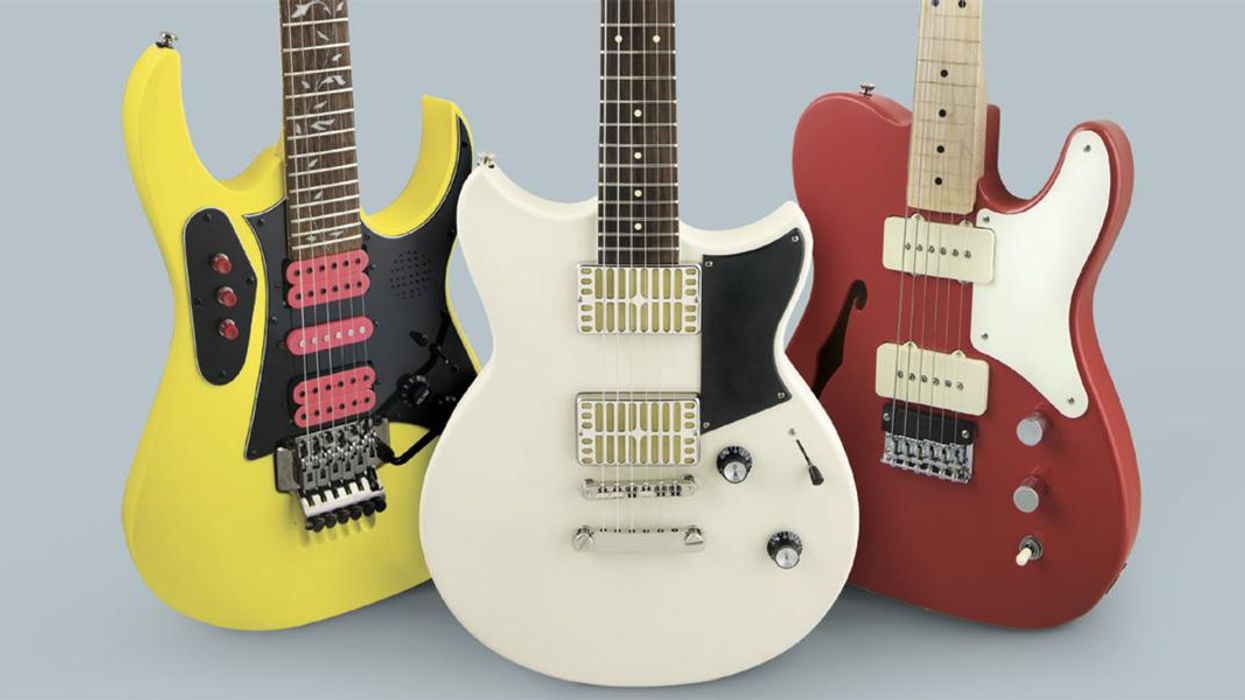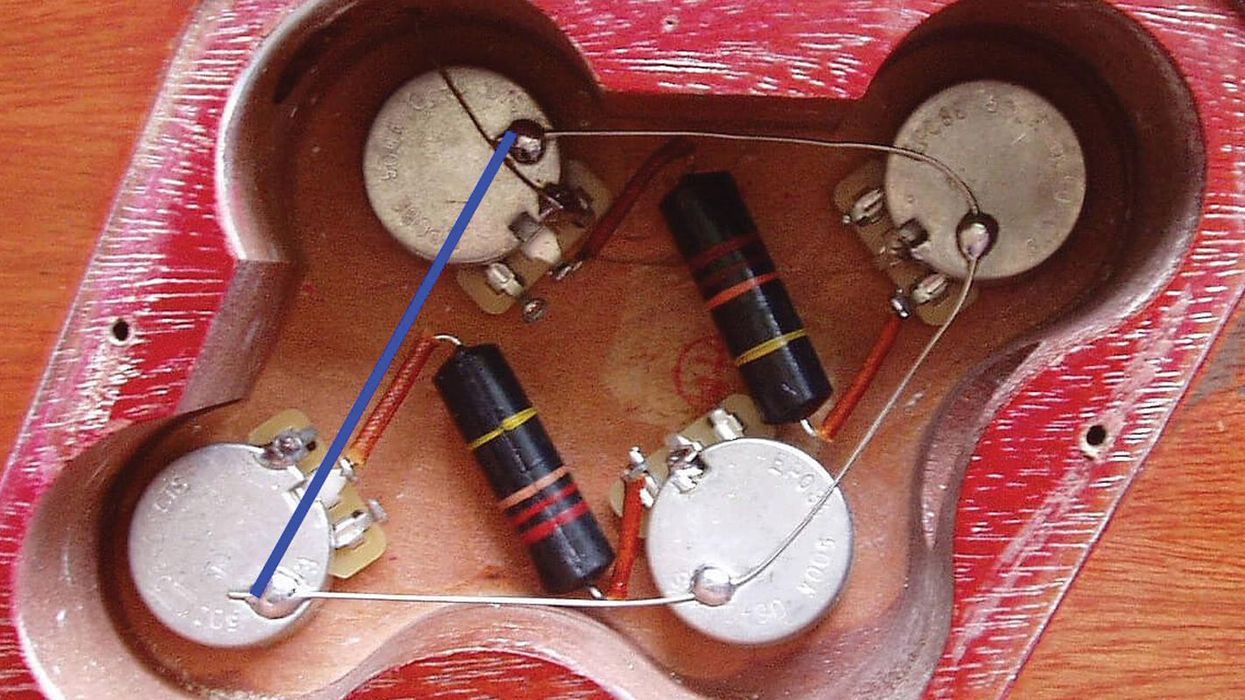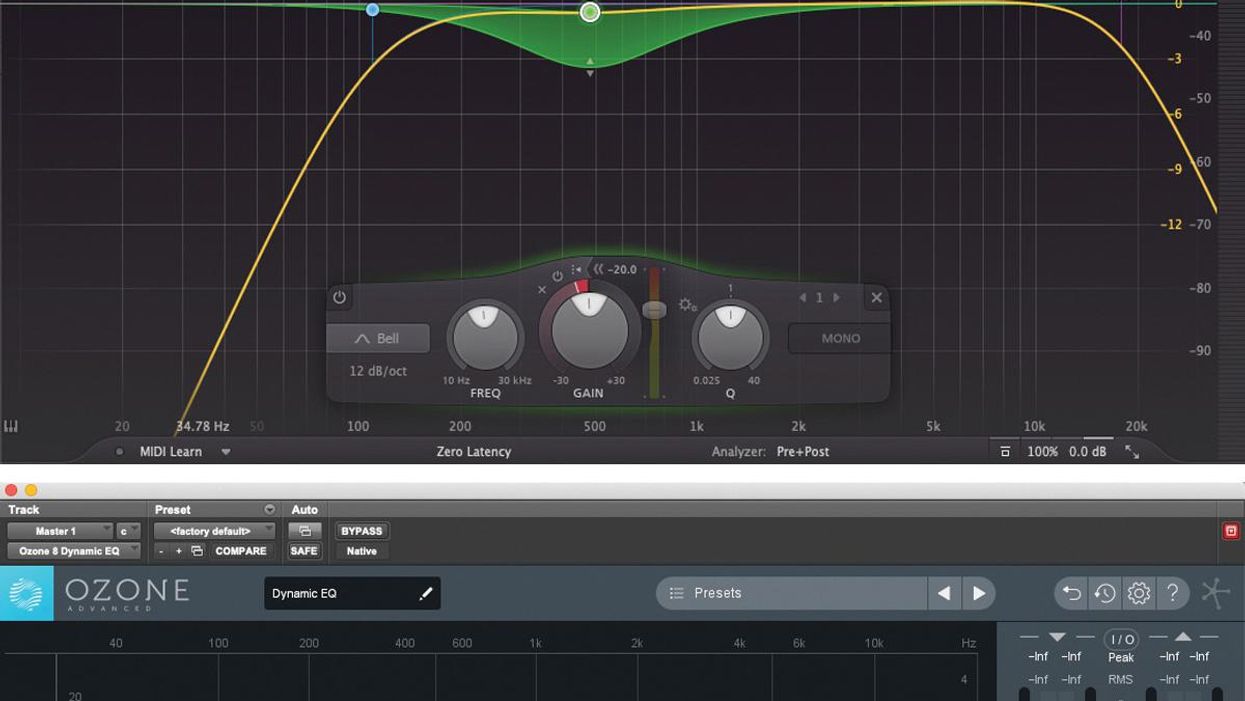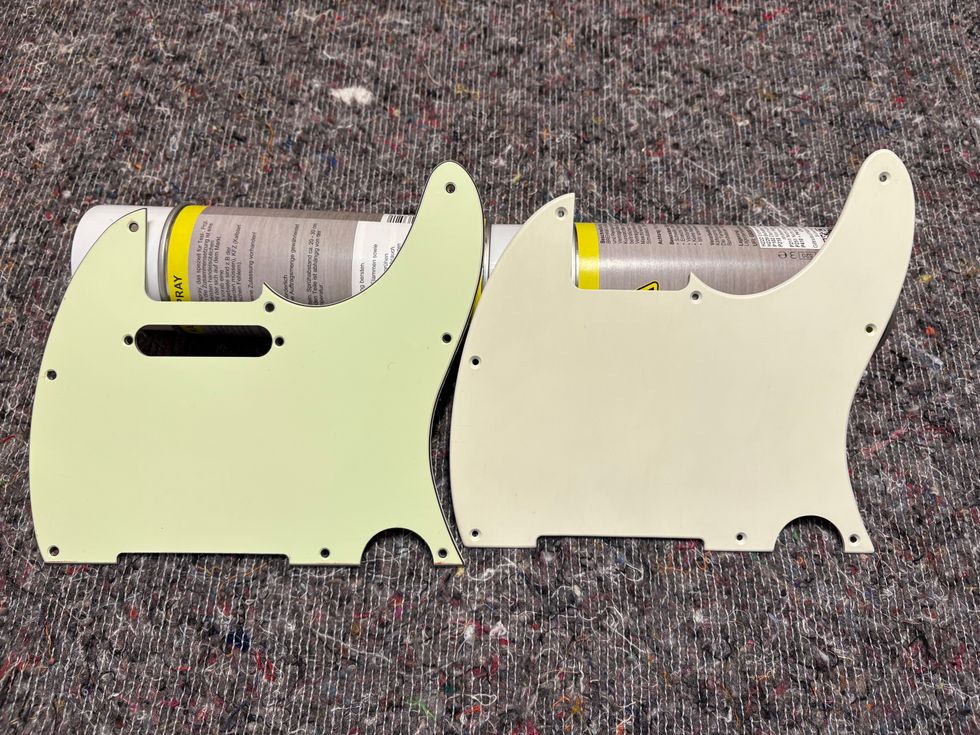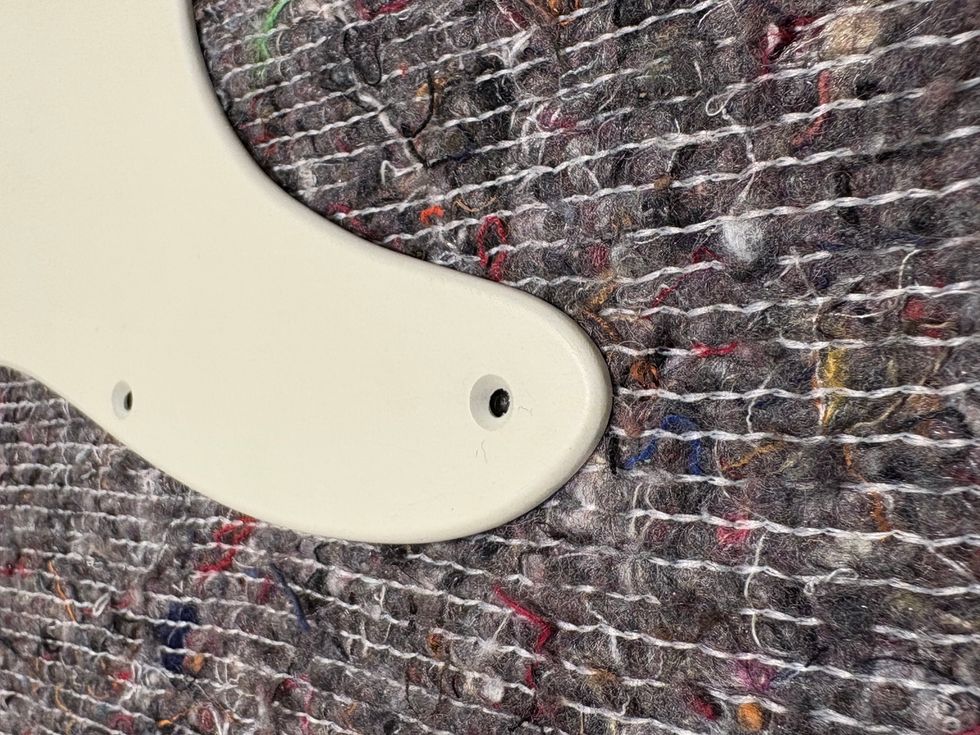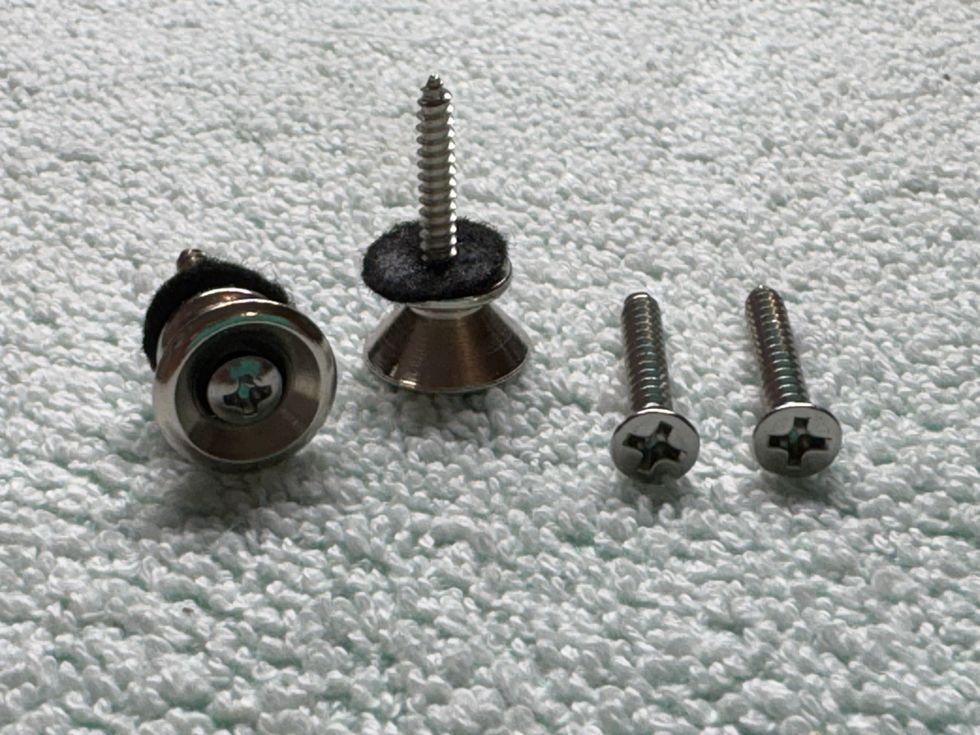I used to get Musician’s Hotline Magazine delivered and always headed straight for the “Ask Budda” column. About 98 percent of the stuff was over my head, but I soaked it up anyway. I always thought you handled the explanations well, given the wide range of audience understanding. I mean, even I could understand some of it! So I thought, given your ability to explain, I’d put a question to you. My question concerns the compatibility of different input tubes. In the late eighties I was fortunate enough to be given an old Fender wide panel Deluxe (5B3) that has quite a story behind it. It was surviving in a barn when the barn owner offered it (and another old tweed amp) to me in exchange for some manual labor. To make a long story short, the big amp didn’t work but the “Deluxe” did (though it was noisy). So one day I took it in and had it fixed up, and I’ve been using it ever since. I have acquired a small collection of new and NOS fifties-era tubes of various makes for the rectifier and power section, but all I can find for the preamp section are the little metal 6SC7s. I’ve seen glass 6SC7GTY tubes out there and am wondering if they are a direct replacement. I’m not unhappy with the sound from the current setup, but I like to try new things too. A Marshall-owning friend said he thinks changing preamp tubes can have a big impact on tone and he likes to experiment. I don’t, however, wish to damage my little amp with a foolish experiment myself. I’ve found information online regarding tube spec sheets, but don’t know enough about electronics to draw a conclusion. The spec sheets mention the low gain of the 6SC7s (GE brand in this case) and also talk about a higher gain of the GTs (Tung Sol brand). Can you help me avoid a costly mistake or allay my fears about attempting this substitution? Kindest regards, Jim Beebe |
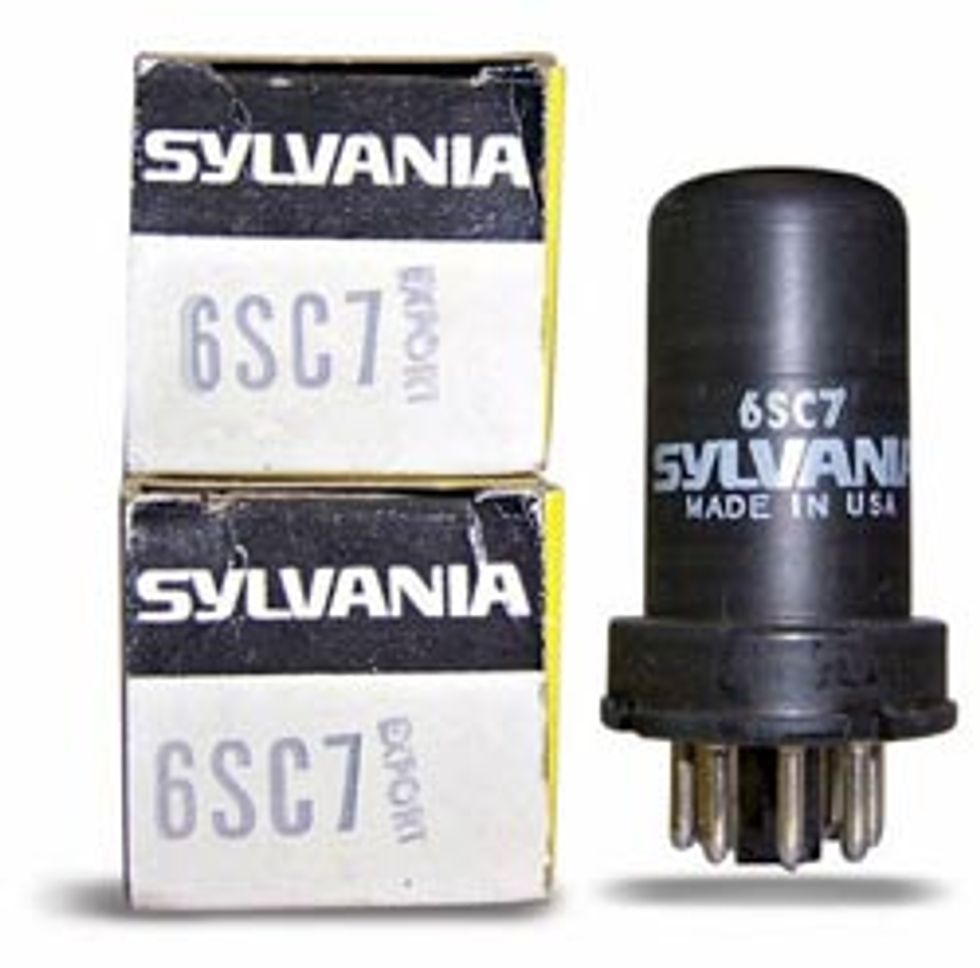 Hi Jim,
Hi Jim,Thanks for your long-term commitment to the publication (both current and past) and to the column as well. I’m sorry if some of the explanations were over your head, but let me see if I can make the answer 100 percent useful.
The metal envelope tubes, such as the 6SC7s in your amplifier, were the style of tubes used up until the early fifties. Since your amp is more than likely circa 1952-53, the tubes might actually be the originals. Nice find! It’s the ultimate example of the phrase “all original.” This amp soon became the 5C3 version and, according to the available information, more than likely transitioned over to the “newer” glass envelope 6SC7 tubes at that point. Since both tubes were produced to the same specs, they are interchangeable. The “GT” suffix was simply added to indicate the glass envelope. There are no changes in operation or pin configuration between the 6SC7 and the 6SC7GTY, and in my experience the glass tubes are generally less microphonic than the metal envelope tubes. That’s not to say, however, that the glass tube versions that you come across will not be microphonic. There are plenty of new tubes produced even today that are microphonic straight from the factory, but chances are that the glass bottles will be an improvement over the metal.
Since the 6SC7 is a dual-triode tube, you may want to also try some “modern day” 9-pin equivalents. There is a converter manufactured by Groove Tubes called a Substi-Tube that will plug into the 8-pin preamp tube sockets on the amp and give you the ability to try some of the more common 9-pin preamp tubes available today. The closest of the most common tubes today in terms of amplification factor is the 12AT7, so you may want to start there. If you’d like more gain, you can move up to a 12AX7. Less gain would be a 12AY7. Remember also that there are two 6SC7s in the amp. One is the preamp for the inputs and the other is the phase inverter that drives the output tubes. Different substitutions in each of those two locations will yield different results, so try as many combinations as you wish.
One more consideration: if you are planning on playing the amp regularly at high volumes or with distorted tones, you might want to consider replacing the original speaker while it is still in good working order. Be sure to keep the original, as it will be an important factor in the value of the amp should you decide to sell it.
Enjoy your Barn Beauty.
Jeff Bober
Co-Founder and Senior Design Engineer – Budda Amplification
jeffb@budda.com
www.budda.com
©2008 Jeff Bober





